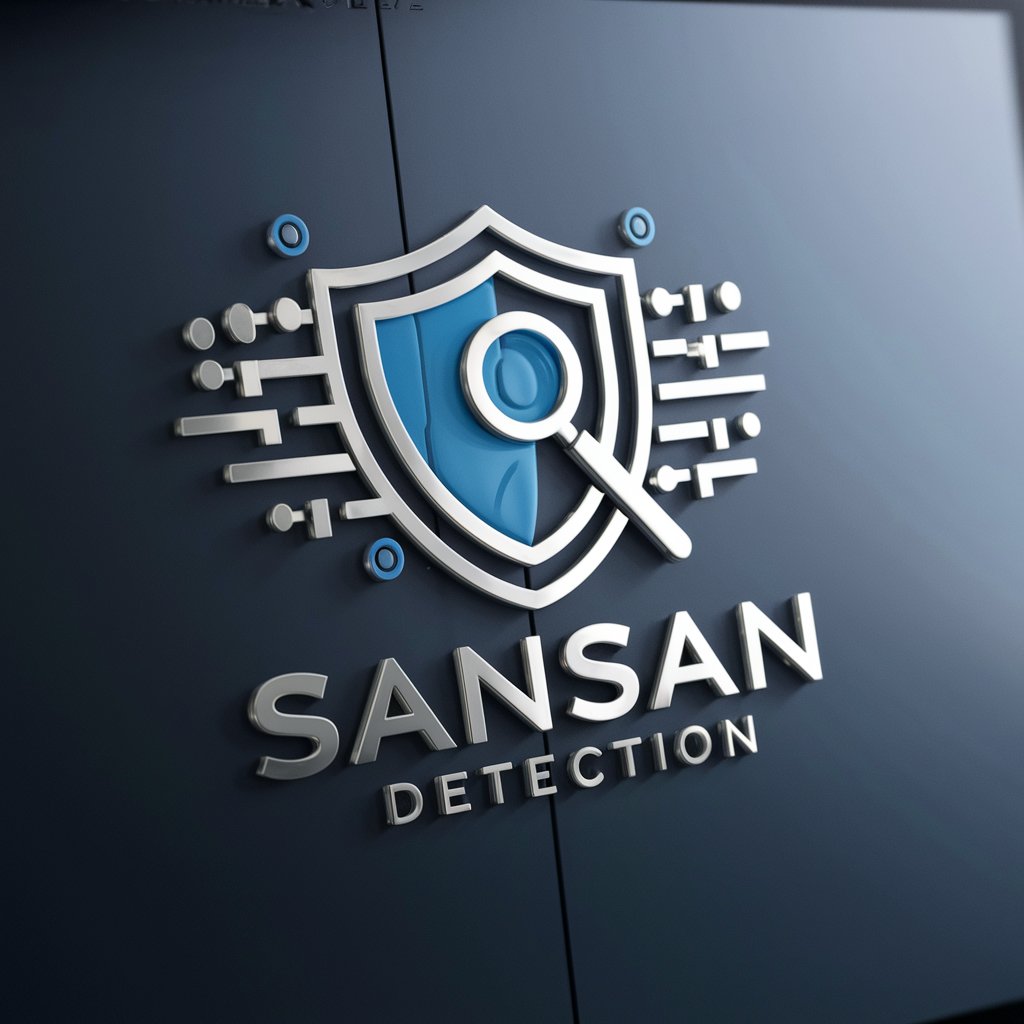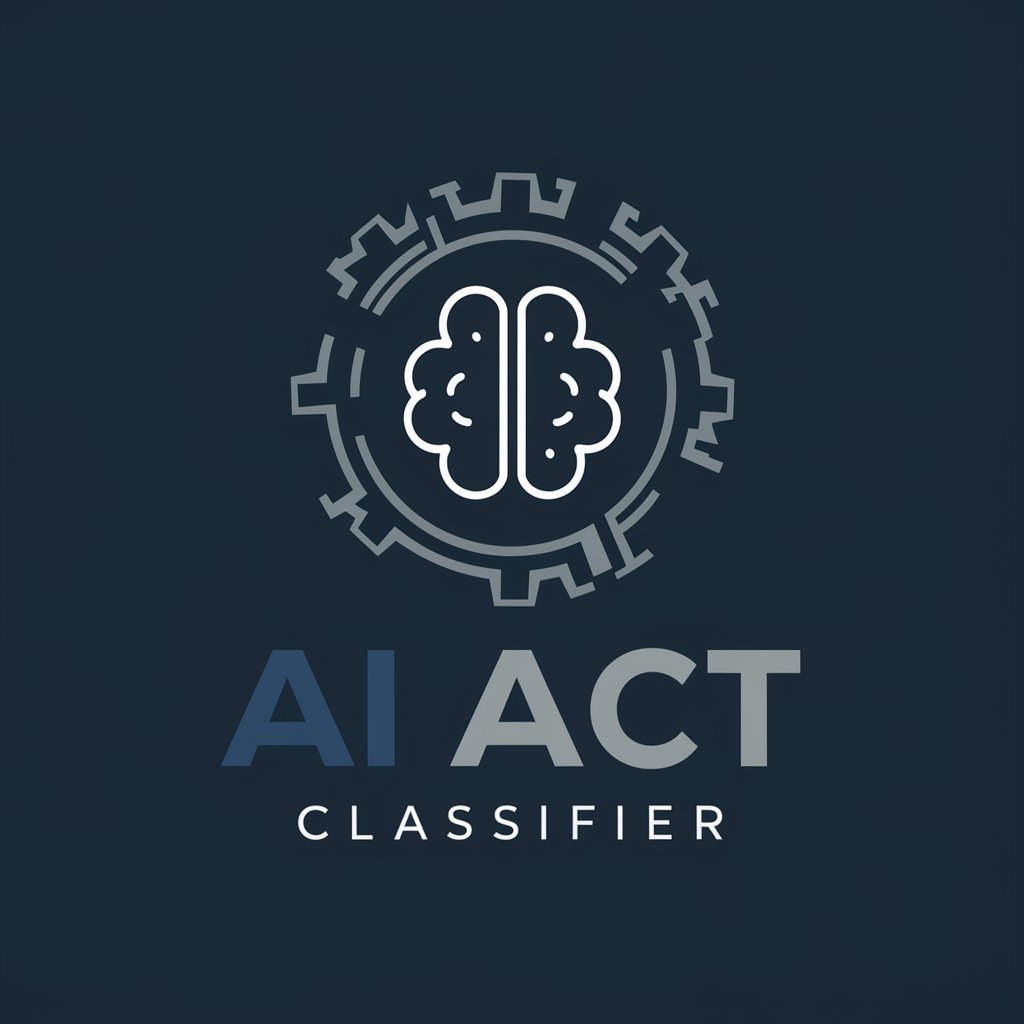
Cyber Threat Hunting and Detection Engineering - Cyber Threat Detection

Hey there! Ready to dive into some cybersecurity magic?
AI-powered Threat Hunting Expert
How can I create a Sigma rule for detecting brute force attacks on Windows?
What are the key indicators of compromise for a phishing attack on Linux?
Can you guide me on detecting lateral movement in a cloud environment?
What best practices should I follow for crafting detection rules in macOS?
Get Embed Code
Cyber Threat Hunting and Detection Engineering Explained
Cyber Threat Hunting and Detection Engineering is a proactive and iterative approach in the cybersecurity domain, focusing on identifying and mitigating advanced threats that evade existing security solutions. Unlike traditional security measures that rely on known threat signatures or anomalies, this discipline involves actively searching for indicators of compromise (IoCs) within an organization's network to detect hidden threats. It leverages a combination of advanced analytical techniques, cutting-edge technology, and comprehensive threat intelligence to uncover suspicious activities and behaviors that signify malicious intent. For example, a detection engineer might analyze patterns of network traffic for signs of lateral movement within an organization's network, or investigate unusual access patterns to sensitive resources, indicative of credential theft or privilege escalation attempts. Powered by ChatGPT-4o。

Core Functions of Cyber Threat Hunting and Detection Engineering
Developing and Refining Detection Rules
Example
Creating Sigma rules to detect PowerShell Empire usage in a Windows environment.
Scenario
Detection engineers craft and tune Sigma rules to identify specific PowerShell command line arguments that are commonly used by the Empire post-exploitation framework, enabling the identification of attackers leveraging this tool for lateral movement or data exfiltration.
Threat Intelligence Analysis
Example
Integrating threat feeds into SIEM solutions to enhance detection capabilities.
Scenario
Engineers analyze and correlate data from various threat intelligence feeds with internal log data to identify attack patterns and IoCs, such as known malicious IP addresses or file hashes, helping to pinpoint ongoing or emerging threats.
Incident Response and Mitigation
Example
Automating response actions for detected threats, like isolating infected endpoints.
Scenario
Upon detection of a threat, such as ransomware activity, detection engineers work to automatically isolate the affected systems and initiate forensic analysis, minimizing the impact and spread of the attack within the organization.
Security Analytics and Anomaly Detection
Example
Using machine learning models to identify deviations from baseline behaviors.
Scenario
Leveraging advanced analytics to detect anomalies in user behavior or network traffic that may indicate insider threats or compromised credentials, enabling early intervention before significant damage occurs.
Ideal Users of Cyber Threat Hunting and Detection Engineering Services
Security Operations Centers (SOCs)
SOCS benefit from these services through enhanced detection capabilities, allowing for faster identification and response to advanced threats. The iterative hunting process and custom detection rules significantly improve their ability to defend against sophisticated attackers.
Incident Response Teams
These teams utilize threat hunting and detection engineering to rapidly identify the scope of security incidents, contain threats, and remediate systems. Access to detailed analytics and IoCs enables them to understand attack vectors and improve defense strategies.
Cybersecurity Researchers and Analysts
Researchers and analysts leverage these services for deep dives into malware analysis, attack methodologies, and emerging threat landscapes. This aids in developing proactive defense mechanisms and sharing critical intelligence with the cybersecurity community.
IT and Cybersecurity Managers
Managers use these services to ensure their organizations' networks and systems are resilient against cyber threats. Through continuous monitoring and detection, they can justify cybersecurity investments and demonstrate compliance with regulatory requirements.

How to Utilize Cyber Threat Hunting and Detection Engineering
Start Your Journey
Begin by accessing a trial at yeschat.ai, where you can explore Cyber Threat Hunting and Detection Engineering capabilities without the need for signing up or subscribing to ChatGPT Plus.
Identify Your Needs
Determine your specific cybersecurity concerns or areas you wish to strengthen. This could range from enhancing your network security posture to developing advanced detection rules for emerging threats.
Engage with the Tool
Utilize the tool to formulate Sigma rules, analyze threat intelligence, or simulate attack scenarios. Take advantage of its ability to provide real-time, tailored advice on cyber threats and detection strategies.
Iterate and Improve
Use feedback from the tool to refine your detection rules and strategies. Continually update your knowledge base with the latest threat intelligence and best practices shared by the tool.
Community and Feedback
Engage with the cybersecurity community for additional insights and share your experiences with the tool. Your feedback can help improve the tool's capabilities and user experience.
Try other advanced and practical GPTs
Drug Hunting
AI-powered precision in drug discovery

Job Hunting Assistant
Elevate Your Job Search with AI

Will Hunting
Bridging Quantum Mechanics and Relativity with AI

Hunting Buddy
Empowering Ethical Hunting with AI

Good will Hunting
Empowering decisions with AI-powered insights.

John Hunting
Empowering Insight with AI in Mental Health

EU AI Act
Navigate AI Compliance with Ease

Mental Health Act 1983
Simplifying Mental Health Law

ACT-Node
Powering insights with AI

AI Act Classifier
Navigate AI compliance with precision.

EU AI Act Compliance Checker
Navigating AI Compliance Effortlessly

Anger Insight Assistant
Uncover and manage anger with AI.

Cyber Threat Hunting and Detection Engineering Q&A
What is Cyber Threat Hunting and Detection Engineering?
It's a specialized field focusing on proactively searching for cyber threats that evade existing security solutions. It involves creating detection rules to identify potential threats and taking preemptive actions to mitigate risks.
How can this tool help in developing Sigma rules?
The tool provides guidance on crafting Sigma rules, a generic and open signature format for SIEM systems. It helps you understand the structure of Sigma rules, best practices in rule development, and how to apply them effectively across various platforms.
Can this tool assist with cloud security?
Absolutely. It offers insights and strategies for securing cloud environments, including detection rules for cloud-specific threats, advice on secure cloud configurations, and best practices for cloud security posture management.
What kind of threat intelligence does this tool provide?
It delivers up-to-date threat intelligence, including information on the latest cyber threats, attacker tactics, techniques, and procedures (TTPs), and advice on how to detect and mitigate these threats effectively.
How does the tool stay current with the latest cybersecurity trends?
The tool continuously updates its knowledge base with the latest cybersecurity research, threat intelligence feeds, and real-world attack scenarios to provide the most current advice and strategies.